Galapagos Species Database
The Galapagos Species Database shares the information about the species from our Natural History Collections.
Aedes aegypti
Mosquito del dengue, mosquito de fiebre amarilla, Yellow fever mosquito
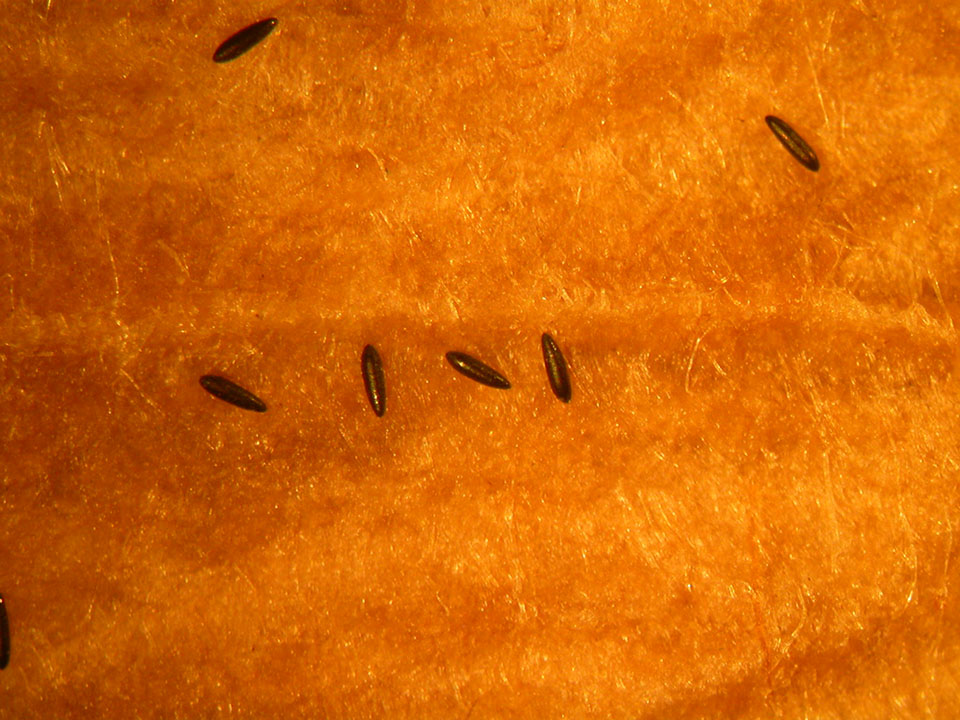
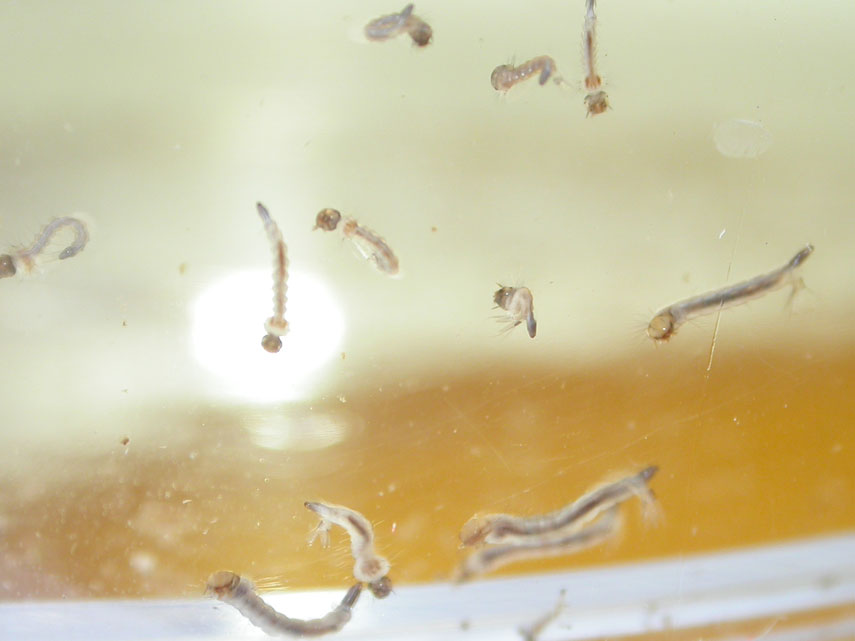
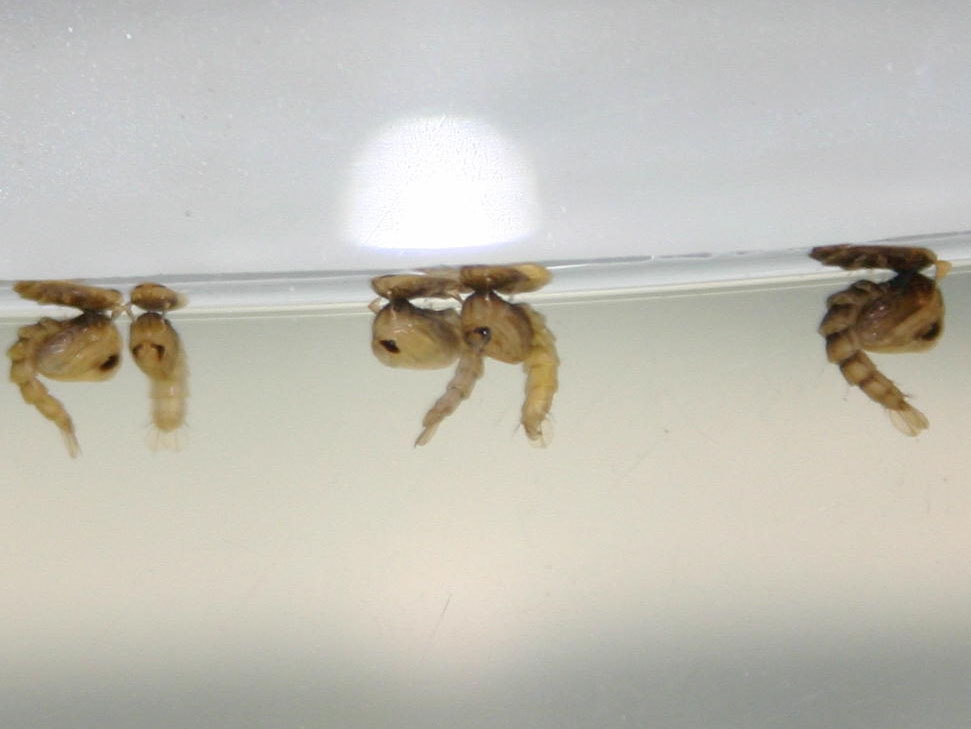
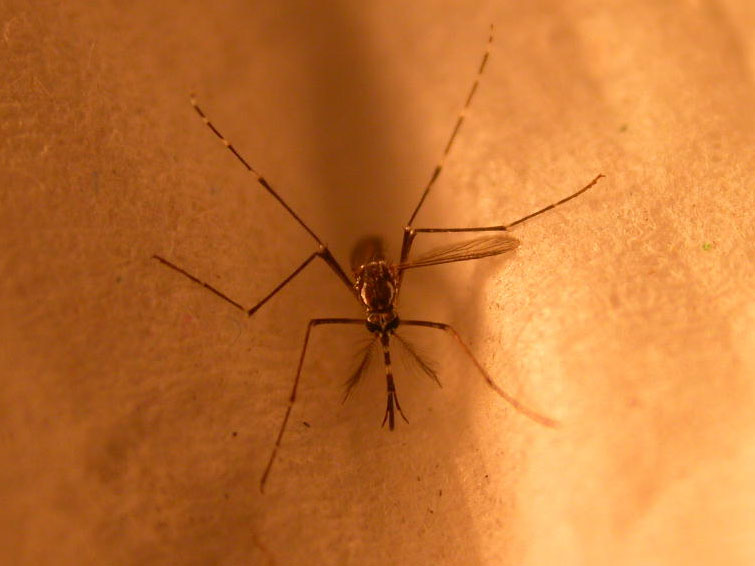


The yellow fever mosquito is a small mosquito with a black body marked with white bands. The adult has a lifespan of 2 to 4 weeks and feeds on nectar and plant juices. Females need a meal of blood before they can lay their eggs. Eggs hatch when they are inundated with rainwater and both larvae and pupae live in water.
The first record of this species was the interception of a male specimen between June and August 2001. Established populations and Dengue fever were confirmed in August 2002.need a meal of blood before they can lay their eggs in damp places. The eggs can survive desiccated for 1 year. If there is water, the eggs hatch and larvae live in water for 4-10 days until they pupate as adults. The species naturally occurs throughout the tropics and sub-tropics wherever there is water.
Domain
Eukaryota
Kingdom
Animalia
Phylum
Arthropoda
Class
Insecta
Order
Diptera
Suborder
Nematocera
Family
Culicidae
Section
Culicini
Genus
Aedes
Species
aegypti
Taxon category: Accepted
Origin: Introduced - established
Year of first record: 2001
Mode of introduction: Accidental
Introduction Pathway: Stowaway
Subpathway: Hitchhiker on transport vehicles/cargo
Introduced status: Human dependent
Invasive status: Unlikely to become invasive
Impact in Galapagos: Due to the introduction of Aedes aegypti, its vector, dengue fever has been present on Santa Cruz since 2002. Between 2003 and 2006 more than 500 cases were reported. Dengue fever was reported for first time in San Cristobal in 2010.
Impact elsewhere: This species has severe implications to human health as a vector for a number of diseases including yellow fever and dengue fever. Aedes aegypti is not known to be a vector of diseases of birds or rodents. Little is known about its behavior in natural ecosystems.
Control History in Galapagos: Servicio Nacional de Malaria (SNEM) has been coordinating control efforts in Galapagos since 2002. Between 2003-2006, Charles Darwin Foundation and SICGAL conducted a monitoring program on Santa Cruz and San Cristobal Islands to provide information to SNEM about the location of adult mosquitos and where to target control efforts. A campaign by Inter-institutional Committees for the Management of Introduced Species (CIMEI) was carried out between 2003 to 2006 to eliminate small standing water sources in Puerto Ayora. The project employed the help of local students to spread awareness, eliminate breeding grounds, and place egg oviposition traps. Regular awareness campaigns are needed to keep the village free of open water sources.
Control methods elsewhere: The most important control method is to eliminate all standing water sources, although other options include the spraying of buildings with pesticides to eradicate adults. Though pesticides can be used to reduce outbreaks, source reduction of breeding sites is more effective in the long-term than insecticide treatment for reduction of mosquito populations and combating dengue fever. Recent trials suggest that Sterile Insect Technique, achieved by genetically manipulating insects (RIDL technique), may be an alternative option for controlling or eradicating this mosquito.
Known Pest elsewhere: Widespread
Prevention options: Elimination of standing water sources around human-inhabited areas which the mosquitos could lay their eggs in.
Preference for an altitude zone in Galapagos: Dry zone - humid zone
Habitat preferences: Mosquitoes typically breed in urban settings with standing water sources, including areas such the recesses of plastic containers, car tires, and other places where water is able to accumulate.
Feeding preferences: Larvae feed on particulate organic matter in the water source where they develop. Adults feed on nectar and other plant fluids. Adult females also feed on blood meals and are highly anthropophilic (associated with humans). They take blood meals during the day.
Trophic role: Omnivorous
Persistence mechanisms: Eggs are able to survive dry periods and can be viable for up to 1 year.
Reproduction mode: Exclusively sexual
Reproductive biology: Adult mosquitoes have a lifespan of 2 to 4 weeks. Females produce a batch of an average of 100-200 eggs after taking a blood meal, and may produce up to five batches of eggs during their adult life. Eggs are laid in damp locations that are likely to fill with standing water. Eggs can survive desiccation for an entire year until being submerged in water, allowing them to hatch. Larvae feed on particulate organic matter in the water for 10-14 days until they pupate. Pupae take two days to develop before emerging as adults. The entire life cycle is approximately 8-10 days.
Distribution origin: Occurs naturally in tropical and subtropical areas where there is water.
Distribution classification: Paleo-tropical
Dispersal propagule: Adults are active fliers. Larvae and pupae can be transported in recipients with water such as old car tires. Eggs are laid on the sides of recipients with water and because they can survive desiccation can be transported to new places even if the recipient is emptied.
Disease vector: These mosquitos can be vectors of dengue and yellow fever, and have the capacity to transmit at least one form of avian malaria in the laboratory. However, they seem to be relatively refractory to West Nile Virus. It is possible that Aedes aegypti mosquitos could transmit other species of avian plasmodia, arboviruses, and possibly some filarids.
Map of specimen collection localities or observation records for this species in our collections database.
Distribution: Santa Cruz, San Cristobal, Isabela.
- Abbott, I. Abbott, L.K. (1973) New distribution records of 65 plant species within the Galapagos Archipelago. Charles Darwin Research Station (CDRS), unpublished.
- Bataille, A. Cunningham, A.A., Cedeño, V., Patiño, L., Constantinou, A., Kramer, L.D. & Goodman, S.J. (2009) Natural colonization and adaptation of a mosquito species in Galápagos and its implications for disease threats to endemic wildlife. Proceedings of the National Academy of Sciences of the United States of America 106(25): 10230-10235.
- Causton, C.E. Sevilla, C. (2008) Latest Records of Introduced Invertebrates in Galapagos and Measures to control them. Galapagos Report 2006-2007, CDF, GNP and INGALA, Puerto Ayora, Galapagos, Ecuador, p. 142-145.
- Centers for Disease Control and Prevention (2012) Dengue homepage. Mosquito Life Cycle. http://www.cdc.gov/dengue/entomologyEcology/m_lifecycle.html
- Fundación Charles Darwin (2007) Evaluación de las actividades del Sistema de Monitoreo y Vigilancia FCD-SICGAL. Informe Tecnico. Departamento de Invertebrados, Fundación Charles Darwin.
- harris, M (2011) Successful suppression of a field mosquito population by sustained release of engineered male mosquitoes. Nature Biotechnology 30: 828-830.
- Sinclair, B. J. (2023) An annotated checklist of the Diptera of the Galápagos Archipelago (Ecuador). Zootaxa, 5283, 1-102
- Sinclair, B.J. Peck, S.B. (2005) An annotated checklist of the Diptera of the Galápagos Archipelago (Ecuador). Charles Darwin Research Station, unpublished, 64 pp.
- Turell, M. J. O'Guinn, M. L., Dohm, D. J., & Jones, J. W. (2001) Vector competence of North American mosquitoes (Diptera: Culicidae) for West Nile virus. Journal of medical entomology, 38(2), 130-134.
- Zettel, C. Kaufman, P. (2009) Yellow fever mosquito Aedes aegypti (Linnaeus) (Insecta: Diptera: Culicidae). EENY-434. Entomology and Nematology Department, Florida Cooperative Extension Service, Institute of Food and Agricultural Sciences, University of Florida, Gainesville, Florida. Retrieved 26 June 2012 from http://edis.ifas.ufl.edu/pdffiles/IN/IN79200.pdf.
You are welcome to download and use the information found in this page, acknowledging its source.
This page should be cited as follows:
"Galapagos Species Database, Aedes aegypti", dataZone. Charles Darwin Foundation, https://datazone.darwinfoundation.org/en/checklist/?species=11720. Accessed 1 January 2026.
